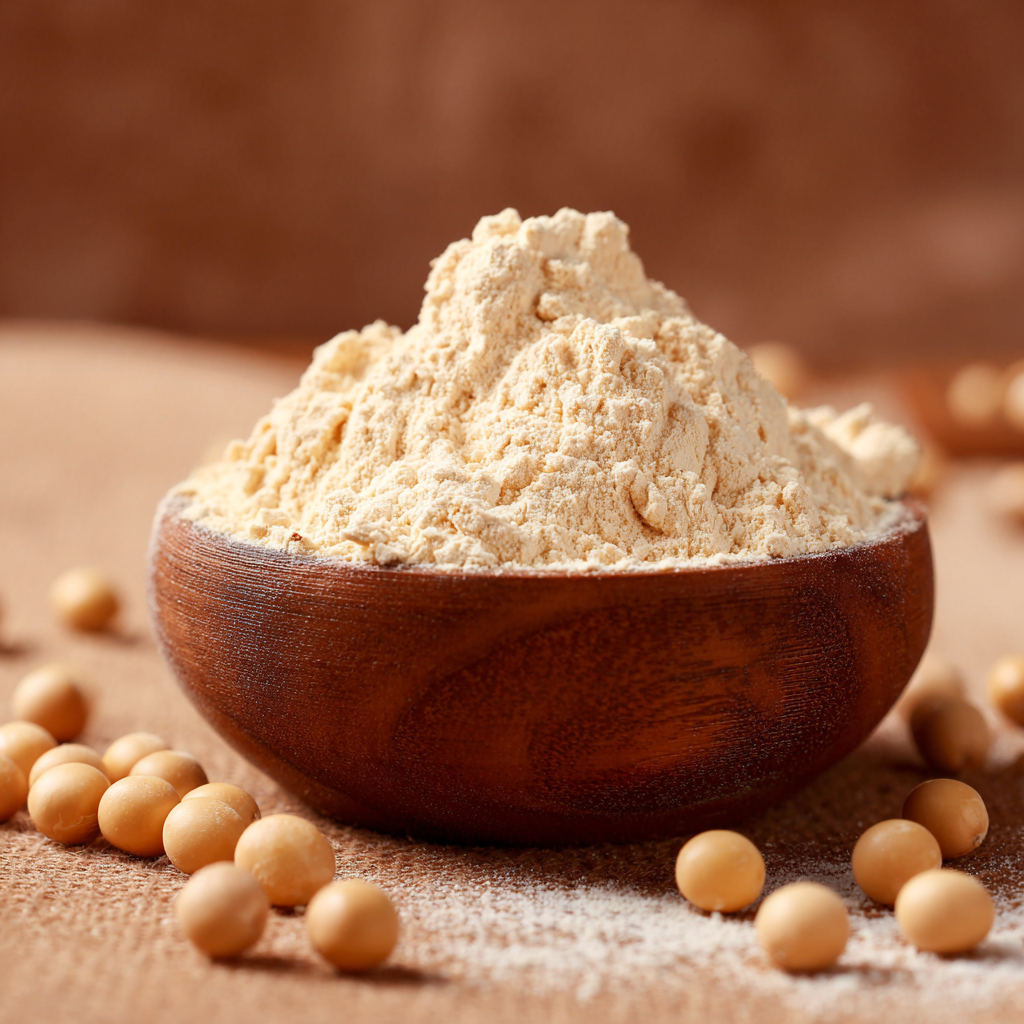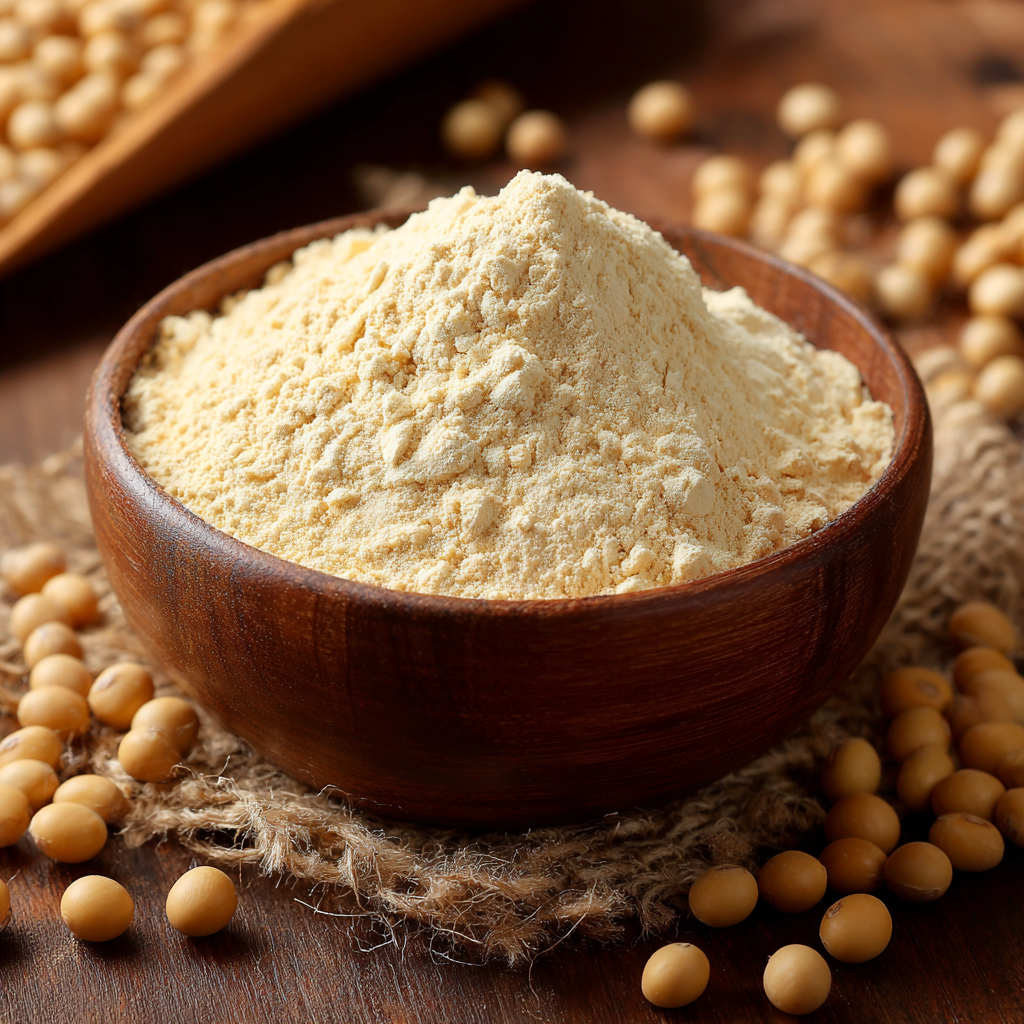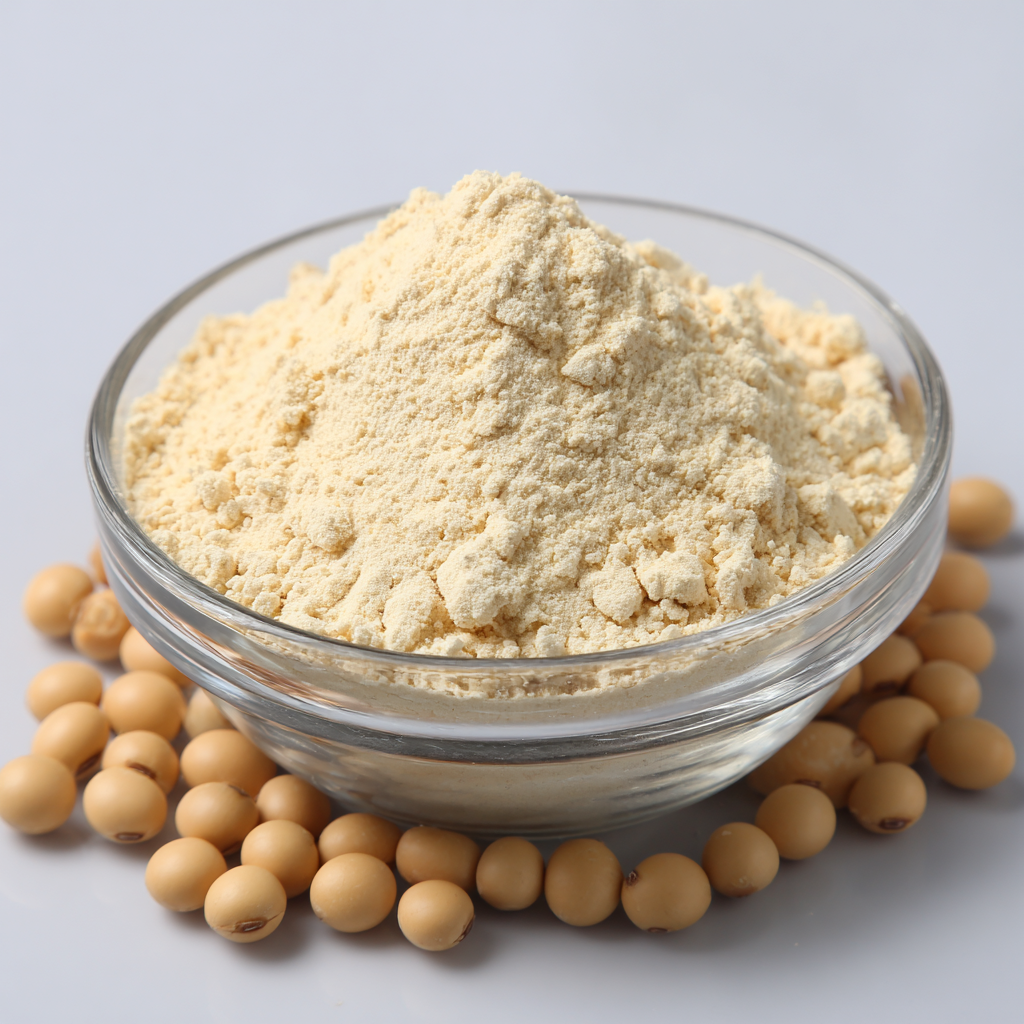In recent years, the demand for high-quality plant-based proteins has surged, with Soy Protein emerging as a leading choice among health-conscious consumers and athletes alike. This blog post delves into the unmatched quality of the best Soy Protein made in China, which is now serving the global market. We will explore the detailed technical parameters that distinguish this protein from its competitors, including its amino acid profile, digestibility, and nutritional benefits. Additionally, we will provide a comprehensive guide on how to properly incorporate Soy Protein into your diet, highlighting its versatility in various recipes and meal plans. Whether you're looking to enhance your protein intake or seeking plant-based alternatives, understanding the merits of Soy Protein will empower you to make informed dietary choices. Join us as we uncover the excellence of Soy Protein and its significance in today’s health-focused lifestyle.

As the global demand for sustainable protein sources continues to rise, the soy protein market is poised for significant growth in the coming years. According to a recent study by Custom Market Insights, the global soybean derivatives market is expected to reach USD 578.52 billion by 2034, achieving a compound annual growth rate (CAGR) of 8.13%. This surge reflects an increasing consumer preference for plant-based dietary options, further fueled by a broader shift toward healthier eating habits and environmental consciousness.
In particular, the alternative protein market is projected to reach USD 55.01 billion by 2032, growing at a remarkable CAGR of 14.3% from 2025. The plant-based protein segment, which includes soy protein, is gaining traction as more consumers are opting for plant-derived ingredients in their diets. Notably, the plant-based protein beverages market is also set to flourish, with estimates indicating a CAGR of approximately 14.1% from 2025 to 2033, potentially translating to a market size of USD 78.94 billion by 2033. This alignment of health trends and market growth underscores the pivotal role that soy protein will play in the global food landscape over the next few years.
| Year | Global Soy Protein Market Size (USD Billion) | CAGR (%) | Main Application Areas | Regions of Growth |
|---|---|---|---|---|
| 2023 | 6.5 | 6.8 | Food & Beverage, Supplements | North America, Asia Pacific |
| 2024 | 7.0 | 7.1 | Meat Alternatives, Dairy Replacements | Europe, Latin America |
| 2025 | 7.5 | 7.5 | Protein Bars, Bakery Products | Middle East, Africa |
The Chinese soy protein industry has carved out a significant competitive advantage in global markets, highlighted by its impressive market size and growth trajectory. As the market is projected to reach a staggering $46.17 billion by 2032, various production types, such as washed, acid-washed, and thermally modified soy protein, continue to meet diverse consumer demands. The application of soy protein spans across industries, including food and feed, demonstrating its versatility and reliability.
Moreover, China’s policy initiatives, particularly the target price subsidy implemented since 2014, have revitalized the domestic soy industry, emerging from previous downturns. This strategic support has increased domestic production capabilities, allowing Chinese soy protein products to meet the surging local and international demands. As global interest in plant-based protein grows, China’s commitment to enhancing the quality and efficiency of its soy protein production places it in an exceptional position to dominate the market landscape, turning its challenges into profitable opportunities.

Innovations in the production of soy protein have been pivotal in enhancing both quality and sustainability. The global soy protein market is projected to reach USD 11.9 billion by 2027, growing at a CAGR of 6.8% (Fortune Business Insights). This growth underscores the demand for high-quality, plant-based protein options. In China, advancements in technology have enabled producers to refine extraction processes, resulting in a higher protein concentration without compromising nutritional integrity.

Moreover, sustainable practices are increasingly vital in soy production. According to the Food and Agriculture Organization, responsible cultivation can significantly reduce carbon footprints and enhance land efficiency. By using advanced biotechnology and sustainable farming techniques, Chinese manufacturers are addressing environmental concerns while meeting the rising global demand for soy protein. For instance, implementing crop rotation and no-till farming can improve soil health and increase yield, ensuring that production meets both quality and sustainability standards.
Tip: When sourcing soy protein, look for products that have been certified organic or sustainable; this not only guarantees higher quality but also supports environmentally friendly practices. Additionally, checking for transparency in sourcing can enhance your confidence in the brand's commitment to sustainability.
Consumer preferences for plant-based proteins have surged in recent years, significantly driving the demand for soy protein, particularly from China. According to a report by MarketsandMarkets, the global soy protein market is projected to reach USD 20.2 billion by 2025, growing at a CAGR of 7.2%. This increase is primarily fueled by a rising consumer awareness of health benefits associated with soy protein, including its ability to improve heart health and support muscle growth.
Moreover, soy protein is touted for its complete amino acid profile, making it an excellent alternative for those seeking to reduce meat consumption. Research from the Food and Agriculture Organization (FAO) indicates that plant-based proteins like soy can enhance dietary quality while also contributing to environmental sustainability.
As consumers globally become more health-conscious and environmentally aware, the shift towards soy protein is not just a passing trend but a substantial movement, particularly as manufacturers in China focus on unmatched quality and innovative formulations to meet these evolving preferences.
The global soy protein market is poised for significant growth, particularly in the field of animal feed protein components. Projections indicate that the animal feed protein market will expand to approximately $27.55 billion by 2035, with a robust CAGR of 8.81% from 2025 to 2035. This growth is largely driven by increasing demand for sustainable and high-quality protein sources in animal farming. As countries like Argentina strengthen their soybean exports to China, the competitive landscape in this sector is changing, emphasizing the need for quality soy protein products.
Moreover, the shrimp market is experiencing notable expansion, projected to increase from $58.685 billion in 2024 to $61.502 billion in 2025, eventually reaching around $94.236 billion by 2033. This indicates a CAGR of 4.8%, showcasing a rising consumer preference for seafood, which often relies on soy protein for feed formulations. The diverse applications of soy protein, spanning food and feed industries, further highlight its essential role in meeting the nutritional needs of both livestock and the growing population. The soy protein market, particularly in China, presents vast opportunities for exporters looking to tap into this thriving segment.
